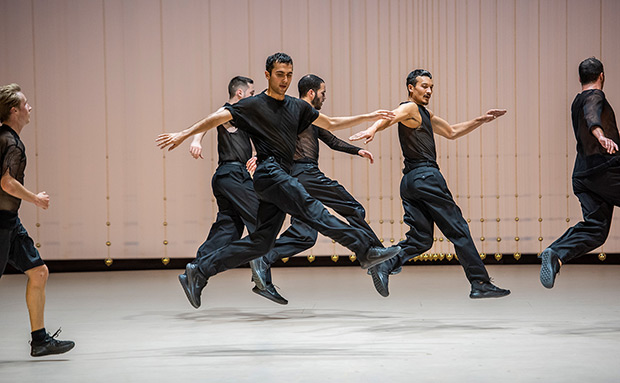
© Stephanie Berger. (Click image for larger version)
Anne Teresa De Keersmaeker / Rosas
The Six Brandenburg Concertos
★★★★✰
New York, Park Avenue Armory
4 October 2018
www.rosas.be
armoryonpark.org
Ecstatic Simplicity
There are times in Anne Teresa De Keersmaeker’s The Six Brandenburg Concertos, currently at the Park Avenue Armory, when I felt more like I was watching a soccer match than a dance. This was a good feeling: spacious, athletic, breathless. (There is a reason why they call it the beautiful game.) Bodies running at full speed across a vast space, dodging each other, dribbling imaginary balls, momentarily flying through the air in order to avoid a collision. At those moments, I was ecstatically aware of the beauty of the body in motion.
Brandenburgs is De Keersmaeker’s setting of Bach’s six Brandenburg Concertos, for 16 dancers of various ages, all dressed in black everyday clothes. At the Armory, the performance space is a vast, white circle backed by a white wall and illuminated by a bank of industrial lights. The orchestra – a Belgian outfit called B’Rock – plays in a space between the elevated stage and the audience, which is seated on a vast sea of risers. The dancers enter and exit from the left, visible as they arrive from behind the audience and climb up to the stage. They enter the performance space like athletes entering the field of play.

© Marina Harss. (Click image for larger version)
The musicians, too, enter and exit as required by the orchestration of each piece. Everything about the setup is no-nonsense, plain. As are the movements De Keersmaeker has created for the piece, mainly walking, running, jumping, bending, whirling, skipping, with the occasional accent: a lifted finger, a cantilevered lift, a brief passage of courtly dance. The bodies of the dancers are relaxed, not held. Momentum and shape are given equal importance.
For all this simplicity, the piece is also a lesson in musical understanding. Every layer of the score is acknowledged and laid out before our eyes. Rhythmic patterns are marked out by the feet of the dancers. At first they simply walk, toward and away from the audience, then backwards, in diagonals, zig-zags, circles. At one point, a dog is led onstage, and the pitter-patter of his feet adds to the rhythmic interest of the walking. His bemused expression also supplies a touch of humor. “What are these crazy people doing?” he seems to be thinking.
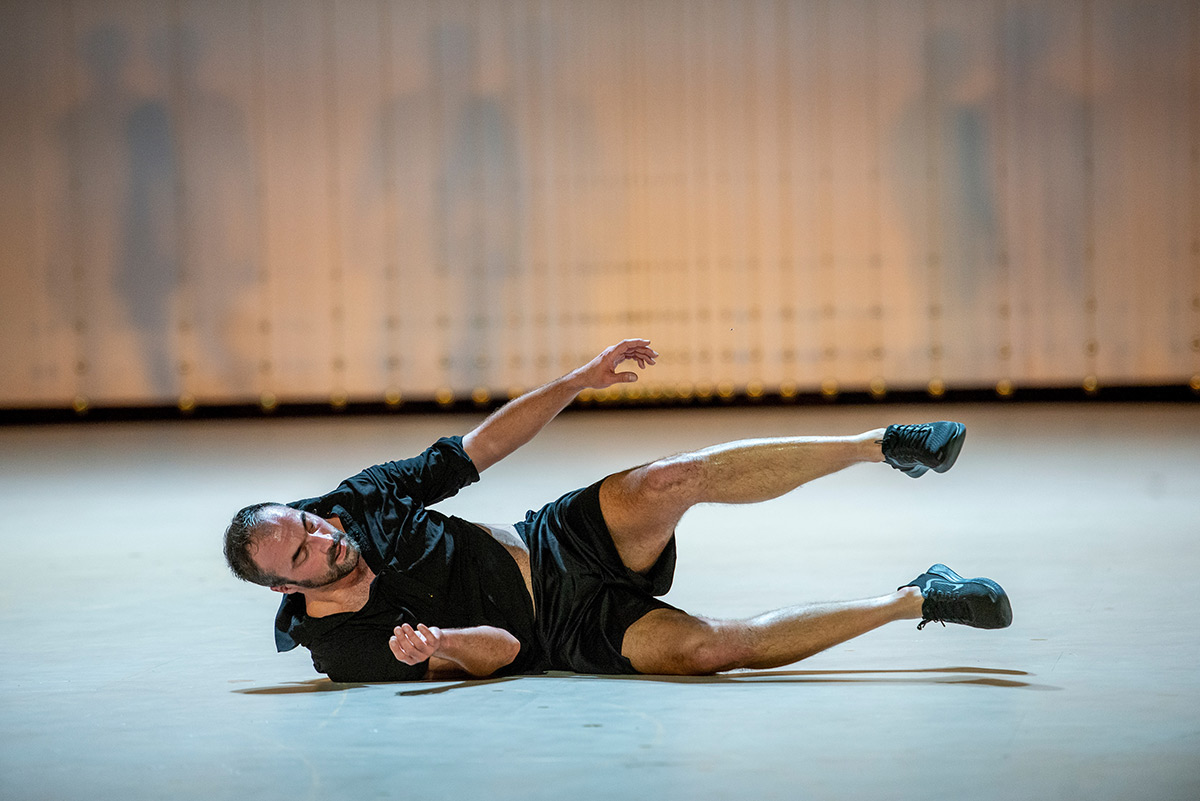
© Stephanie Berger. (Click image for larger version)
Later, the range of movements increases, but not by much. The dancers’ arms sustain the line of each note until its natural conclusion. Soloists emerge from the group, reflecting the interplay of violin, hunting horn, recorder, viola da gamba. Canons and fugues play out in physical terms. This harmony between movement and sound is intensely satisfying, as is the contrast between the richness of the music and the utter plainness of the movement.
Each concerto receives a slightly different treatment: the first consists of mainly walking for the whole ensemble, punctuated by brief solos. The second, which features the hunting horns and six dancers, looks like a game. The third is dominated by the strings; here a group of men run and chase each other in various configurations. This was the most exhilarating section of all. The fourth contains an extraordinary solo for a man, set to the recorder, in which he seems to write in the air. It ends with a man running, running, running around the perimeter of the circular space. (There are 12 men in the piece, and only four women.) The fifth is more intimate, with smaller, more precise movements, and contains a long solo to a harpsichord cadenza.

© Stephanie Berger. (Click image for larger version)
It’s fascinating to see how De Keersmaeker, who began her career in the eighties by applying her rigorous approach to avant-garde music, and then meandered into the realm of dance theater with works like Rosas Danst Rosas, has now returned to exploring the essence of musical construction. In a way, she and Mark Morris are much more alike than anyone ever would have imagined. Both “see” the music and reveal it in physical form, allowing the viewer to wander through it, as through a garden of delights.
My only complaint at this performance was about the quality of the musical sound produced by the orchestra. It may be partly a question of the acoustics of the Armory, but B’Rock’s sound is not as clean and clear as it could be. And there were intonation problems, mostly in the horns. I got used to the “dirt” in the sound after a while, but the show would only be enhanced by a crisper execution.
Besides that, Brandenburgs was as refreshing and purifying as a tall, cool glass of water.












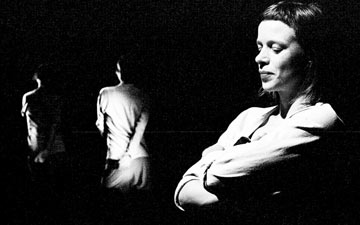


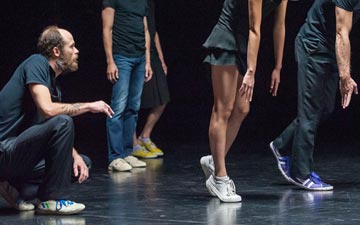
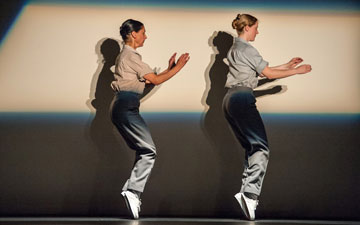
You must be logged in to post a comment.